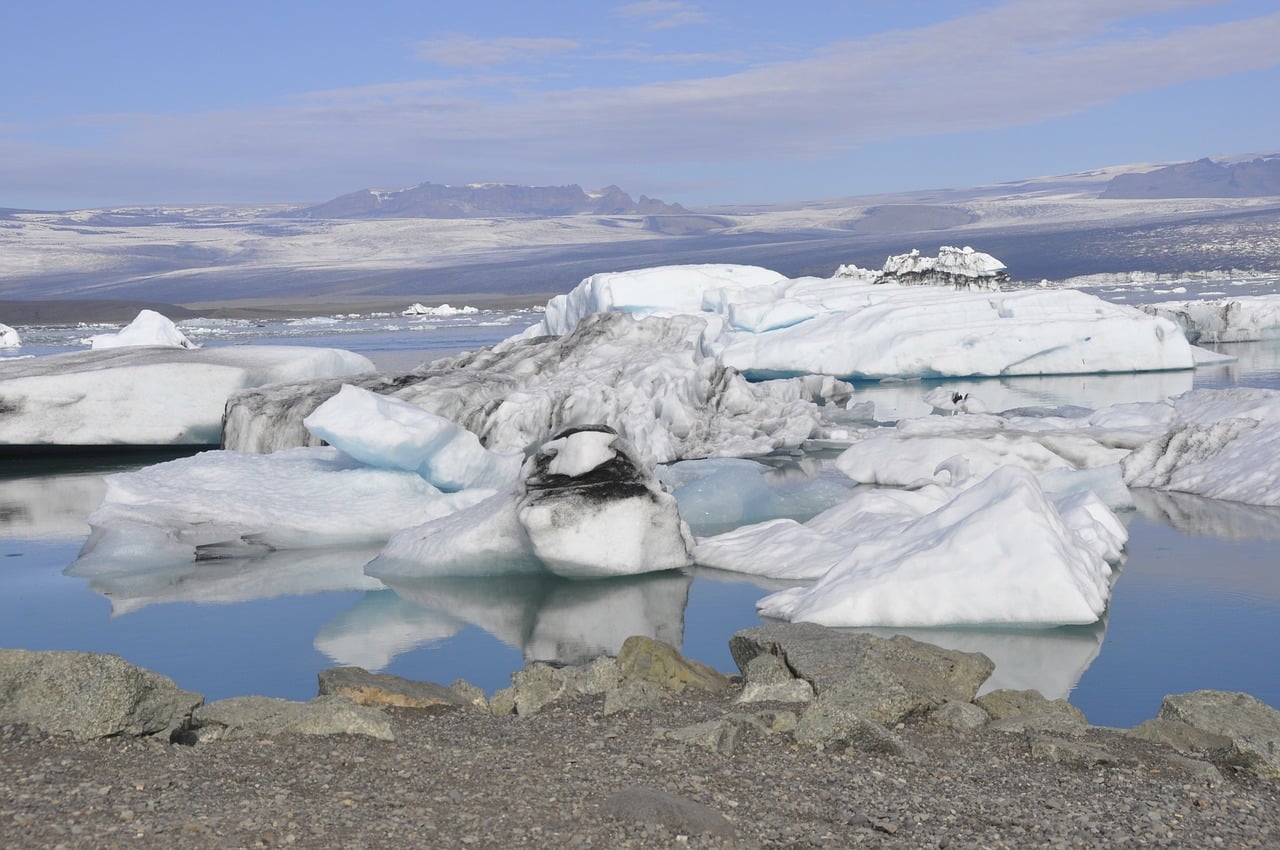It’s no secret that we don’t take climate change seriously enough. The spreading wildfires around the world this summer, as well as melting glaciers on Antarctica are proof. Melting permafrost below the Arctic could be responsible for the quickening pace of climate change, because of possible releasing of the trapped carbon located in the frozen soil of the Arctic.
“Here we use model data, supported by field observations, radiocarbon dating, and remote sensing, to show that methane and carbon dioxide emissions from abrupt thaw beneath thermokarst lakes will more than double radiative forcing from circumpolar permafrost-soil carbon fluxes this century,” researchers wrote in the paper.
Scientists stressed their concerns in a paper published on Aug. 15 in the journal Nature Communications. The paper itself is a result of a 10-year NASA collaboration to study about the climate change consequences in the Arctic region.
“We don’t have to wait 200 or 300 years to get these large releases of permafrost carbon,” Katey Walter Anthony, an ecologist at the University of Alaska, Fairbanks, and the lead author of the study said in a statement. “Within my lifetime, my children’s lifetime, it should be ramping up. It’s already happening but it’s not happening at a really fast rate right now, but within a few decades, it should peak.”
The rising temperatures
The rising temperatures around the globe were the main culprit that scientists blamed for the quickening pace of the climate changes, but now they worry that melting permafrost below the Arctic, could have even more jeopardizing consequences.
The team used measurements and models of how climate change and melting permafrost work together, according to the paper. Scientists looked at the melting permafrost below the Arctic bodies of water known as thermokarst lakes. Also, they measured carbon release from different locations across Siberia and Alaska on those lakes, and five more locations away from the lakes to find how much of the greenhouse gas was made, and the age of the carbon that was hidden below the permafrost.
Melting triggers bacteria
What specifically worries scientists is that once frozen soil melts, the bacteria that lived in it and hibernated inside of it melts as well, and exits their hibernation. The bacteria feeds on all the organic material that it can find and produces carbon dioxide and methane, which are both known to be dangerous greenhouse gases.
The situation is even worse at the thermokarst lakes; the water of the Arctic lakes accelerates the permafrost melting below. Those gases that get released are from 2,000 to 43,000 years old and easily rise up to the surface and are released into the atmosphere.
“Within decades you can get very deep thaw-holes, meters to tens of meters of vertical thaw,” Walter Anthony said in the statement. “So you’re flash thawing the permafrost under these lakes. And we have very easily measured ancient greenhouse gases coming out.”
The melting permafrost is still a huge concern, even if humans take needed actions to reduce production of these greenhouse gases. The more permafrost melts, the more dangerous climate change gets, which means we must act faster and wiser to preserve our beautiful planet, given it’s the only known planet to support life as we know it.





